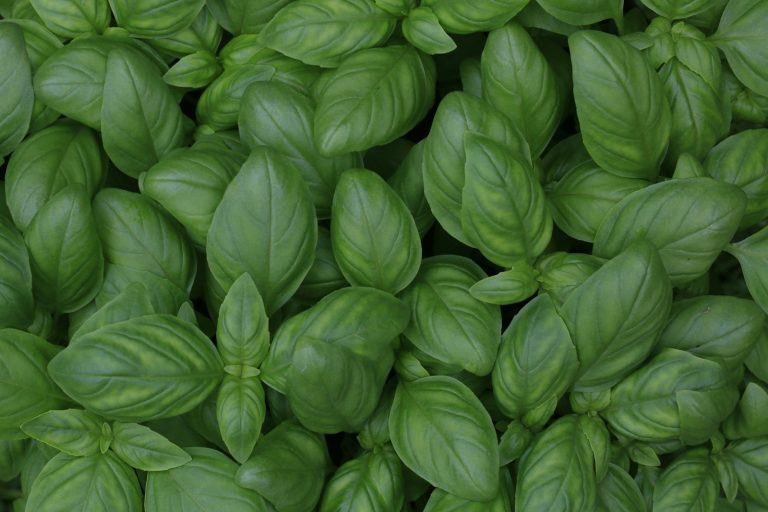Pet-Safe Indoor Plants: 12 Non-Toxic Options for Pet Owners

Enhance your home with greenery without compromising pet safety. Many houseplants can be toxic, posing risks to pets if ingested. This guide highlights non-toxic plant options, allowing pet owners to enjoy houseplants worry-free.
Key Takeaways
- Select non-toxic plants to ensure pet safety.
- Many houseplants can enhance air quality and improve ambiance.
- Understand each plant’s maintenance needs for optimal growth.
Benefits of Having Indoor Plants
Indoor plants offer a range of health benefits for both people and their pets. They help purify the air by absorbing toxins and releasing oxygen, contributing to a healthier living environment. Additionally, plants add a touch of aesthetic elegance and can significantly improve the ambiance of any room. Beyond their beauty, they have been shown to reduce stress levels, enhance mood, and even improve indoor air quality by increasing humidity.
Criteria for Selecting Pet-Safe Plants
When selecting indoor plants, understanding toxicity levels is crucial. It’s important to choose plants that are non-toxic to pets to ensure their safety. Additionally, consider the maintenance requirements of each plant and whether they suit your environment, as some plants may require more sunlight or regular watering than others.
12 Non-Toxic Plants Safe for Pets
1. Spider Plant (Chlorophytum comosum)
Spider Plants are easy to grow and thrive in varied lighting conditions, making them perfect for pet owners. They require moderate watering and can adapt well to different temperatures.
2. Boston Fern (Nephrolepis exaltata)
Boston Ferns are lush, vibrant plants that add a touch of wild greenery to your home. They prefer indirect light and high humidity, with soil that is kept consistently moist.
3. Areca Palm (Dypsis lutescens)
Areca Palms are known for their elegant feathery fronds. They are non-toxic and love bright, filtered light, making them ideal for indoor environments.
4. Baby’s Tears (Soleirolia soleirolii)
With its delicate trailing leaves, Baby’s Tears is a beautiful addition to your indoor plant collection. It prefers indirect sunlight and needs regular watering to keep its lush appearance.
5. Calathea (Various species)
Calatheas boast striking leaf patterns and thrive in low-light conditions. They enjoy high humidity and consistent moisture, making them a bit more demanding to care for.
6. African Violet (Saintpaulia)
African Violets are small, colorful plants that flower year-round. They prefer bright, indirect light and require their soil to remain moist but not soggy.
7. Parlor Palm (Chamaedorea elegans)
Parlor Palms are low-maintenance and adaptable to indoor environments, preferring indirect light and moderate watering. Their elegant fronds add a tropical feel to any home.
8. Friendship Plant (Pilea involucrata)
Friendship Plants are admired for their textured leaves. They thrive in medium to low light and should be kept evenly moist, making them easy to care for in various settings.
9. Haworthia (Haworthia spp.)
Haworthias are succulent plants that require minimal watering. They prefer bright, indirect light and are a great choice for beginners due to their hardiness.
10. Polka Dot Plant (Hypoestes phyllostachya)
Polka Dot Plants feature colorful spots that add vibrancy to any space. They thrive in bright, indirect sunlight and need regular watering to flourish.
11. Wax Plant (Hoya spp.)
Wax Plants are known for their thick, waxy leaves and delightful flowers. They require minimal care, thriving in bright, indirect light with occasional watering.
12. Velvet Plant (Gynura aurantiaca)
Velvet Plants are loved for their soft, purple-hued foliage. They prefer bright, indirect light and need their soil kept consistently moist.
Tips for Maintaining Pet-Safe Plants
To maintain your pet-safe plants, place them out of your pet’s reach to minimize interaction. Establish a regular care routine, ensuring plants receive proper lighting and water as needed without being accessible to curious pets. If your pet seems interested in your plants, consider using deterrents or placing physical barriers to keep them away.

